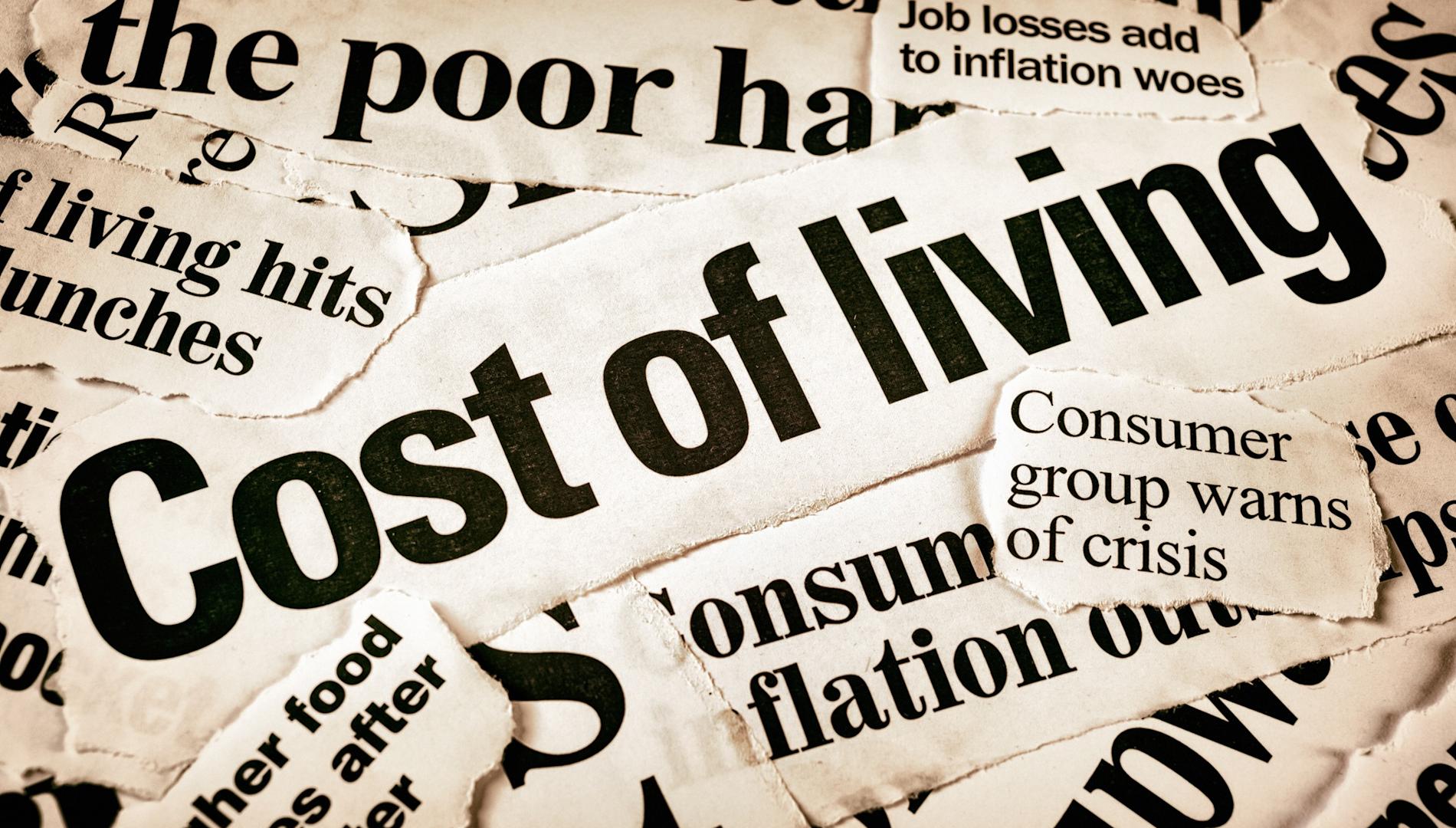Australia decides: Cost of living, climate change and healthcare to dominate election campaign
On 3 May, Australians will determine who the next national government will be. Prime Minister Anthony Albanese ended weeks of uncertainty by nominating the date, which was reportedly later than what he originally intended.
The appearance of Ex-Tropical Cyclone Alfred in Queensland meant the PM backed away from calling an election during a potential emergency.
Now, with the election date set, candidates and parties will be executing the campaign they had prepared for months ago.
BREAKING: Prime Minister Anthony Albanese has formally called a federal election with Australian voters set to go to the polls on May 3. #auspol #7NEWS pic.twitter.com/Mg7vnfknS6
— 7NEWS Adelaide (@7NewsAdelaide) March 27, 2025
Key election issues
The cost of living has become a focal point of Australian politics in the aftermath of the COVID-19 pandemic. The price of energy, food, and housing has arguably been the most prominent issue in the political debate following the previous election in 2022.
As a result, this campaign will be focused on the economic wellbeing of Australians. We’ve seen clear signals that the major parties want to focus on measures they believe will address cost-of-living concerns.
Labor, for example, outlined its strategy of reducing cost-of-living pressures by outlining incremental tax cuts. While these changes were passed by the Senate, the Coalition has promised to repeal these cuts if it wins government.
Instead, the Coalition believes that reducing the fuel excise by 25 cents per litre for a year will have a positive impact on the community.
Albanese calls May 3 election, with cost of living the central battleground https://t.co/vY3TBeLs0L via @ConversationEDU
— Michelle Grattan (@michellegrattan) March 27, 2025
Other traditional election issues we can expect to feature in the campaign include infrastructure projects, healthcare, education, as well as the provision of government services.Climate change and energy policy will also be prominent in this campaign.
The Coalition has been advocating for nuclear energy with the view that it could reduce energy prices. Labor, on the other hand, has sought to focus on renewable energy as a source for Australians.In terms of health, both major parties committed to providing more money for Medicare. This suggests health may not necessarily be an issue that may benefit one party over another during the campaign.
The key seats
Labor won just 77 seats out of 151 in the House of Representatives at the 2022 election. This year, due to redistributions, there will be just 150 seats in the lower house. To win government, a party must win at least 76 seats.
This means Labor is in a delicate electoral position. It cannot afford to lose seats, as this will threaten its majority. It must be seeking to win new electorates to potentially offset any losses it experiences.
For the Coalition, this election will be an opportunity to reconnect with voters who deserted the Liberal Party, especially in inner metropolitan electorates. The Coalition has to win more than 20 seats to have a chance of forming majority government.
The Greens and Independents will also be in a tight contest to hold onto the seats they won three years ago.
Newspoll, an opinion poll that’s published regularly, shows Labor appears to have lost some support that has gone to the Coalition, but whether this would be enough to allow the Coalition to form government without the support of other MPs is yet to be seen.

What happens to government now?
A period of what’s known as “caretaker government” commences during an election campaign. Technically, it occurs when the House of Representatives is dissolved.
The significance of the House of Representatives is that it’s the chamber where government is formed by the party (or parties) who win a majority of seats. With this chamber dissolved, the capacity to keep government accountable evaporates.
A key feature of a caretaker government is that no new binding decisions may be made by the existing government.
The operation of government agencies and departments, however, continues. Pensions will still be paid, hospitals will continue to function, and government services will continue to be provided.
The period of caretaker government ends once a new government is determined following the election.
The next few weeks
This election will be very close. Every seat will be a tight contest as Australians consider who they want to represent their local community, and nation, for the three years to come.
The potential for minority government remains a significant possibility, especially as neither major party appears to be riding a wave of electoral momentum at the moment.







